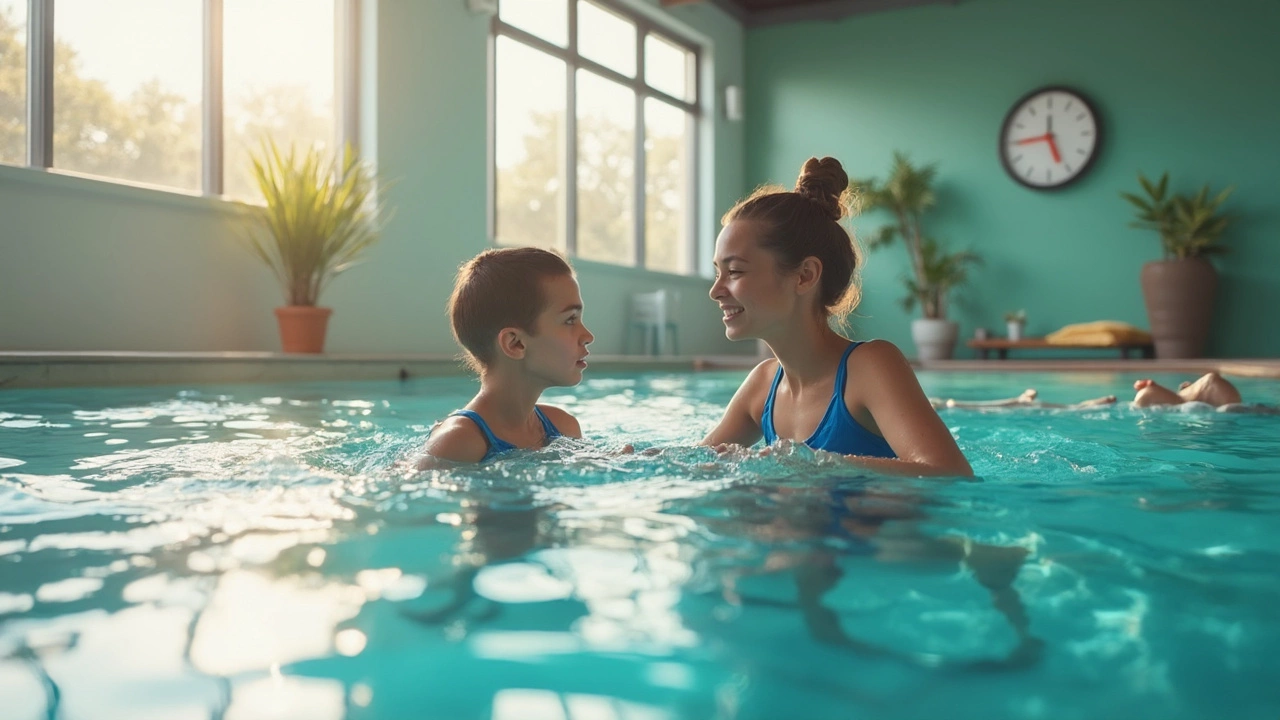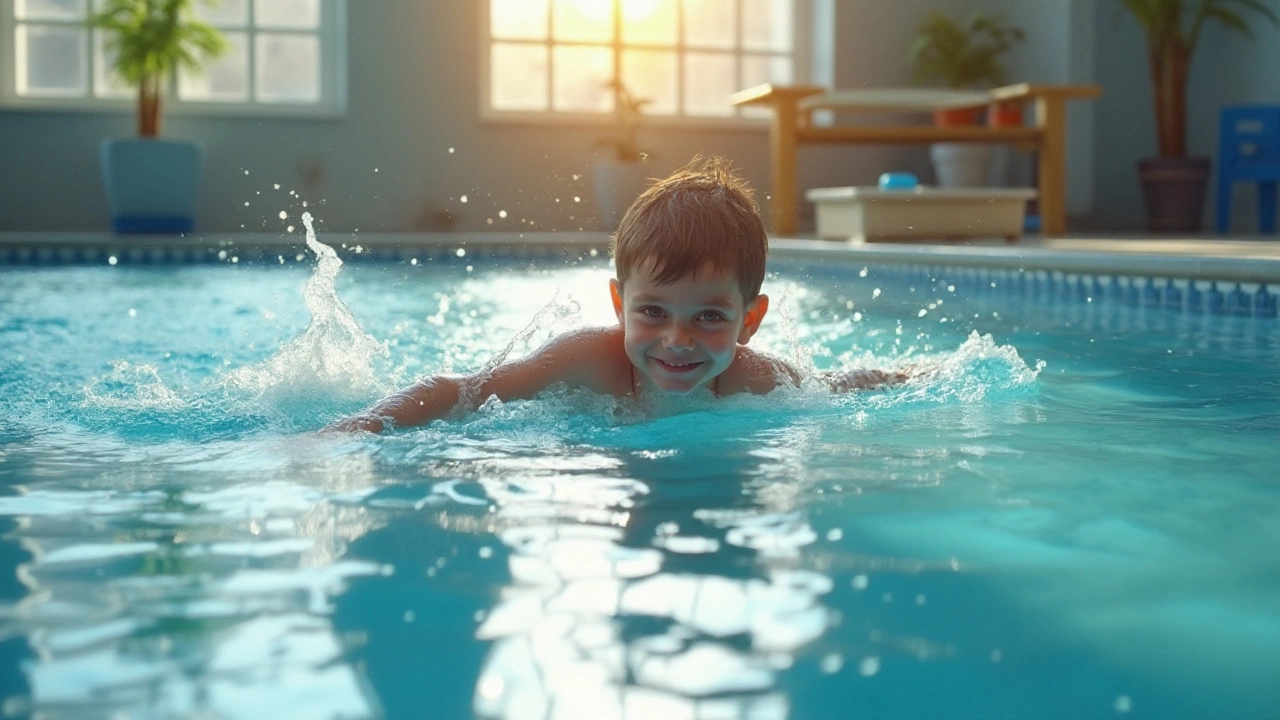
Beginner Swimming: Your Quick Start Guide
Getting into the pool for the first time can feel both exciting and a bit scary. You’re not alone – most people wonder when to start, how to stay safe, and what exercises actually help. This guide breaks down the basics so you can jump in with confidence and enjoy every stroke.
Choosing the Right Lesson Age
Age matters, but it’s not the only factor. Babies as young as six months can start water acclimation classes, while toddlers (2‑4 years) benefit from playful sessions that teach blowing bubbles and floating. Kids aged 5‑7 are ready for structured lessons that focus on arm pull, kick, and breathing rhythm. Adults can begin anytime; the key is finding a class that matches your comfort level and fitness.
When you pick a class, look for qualified instructors who follow a safety‑first approach. Ask about class size – smaller groups mean more individual attention. Check if the pool maintains a warm temperature (around 30‑32°C) – it helps beginners stay relaxed and reduces muscle tension.
Essential Safety and Practice Tips
Safety starts before you even step into the water. Always double‑check that the pool has proper depth markings and that a lifeguard is on duty. For kids, a snug‑fit swim cap and goggles protect eyes and keep hair out of the face. Teach the “stop, float, signal” routine: if you feel tired, float on your back and raise a hand to let an instructor know you need help.
Practice makes perfect, but short, frequent sessions beat long, occasional ones. Aim for 20‑30 minutes, three times a week. Start with simple drills – kicking a board, pulling with a noodle, or doing arm circles while standing in shallow water. These moves build muscle memory without overwhelming you.
Breathing is often the hardest part for beginners. Try the “breathe every three strokes” rule: inhale as you turn your head to the side, exhale underwater. Count out loud while you practice; it keeps rhythm and reduces panic.
Don’t forget to stretch after each swim. Shoulder rolls, ankle circles, and gentle torso twists keep joints flexible and prevent soreness. Hydration matters too – sip water before and after a session, even though you’re in the pool.
Finally, set realistic goals. Maybe your first week is just getting comfortable blowing bubbles; the next month you could master a full front crawl. Celebrate each milestone – progress fuels motivation.
Ready to start? Check local community centers, schools, or private clubs for beginner classes that fit your schedule. With the right age‑appropriate lesson, solid safety habits, and consistent practice, you’ll be gliding through the water before you know it.

